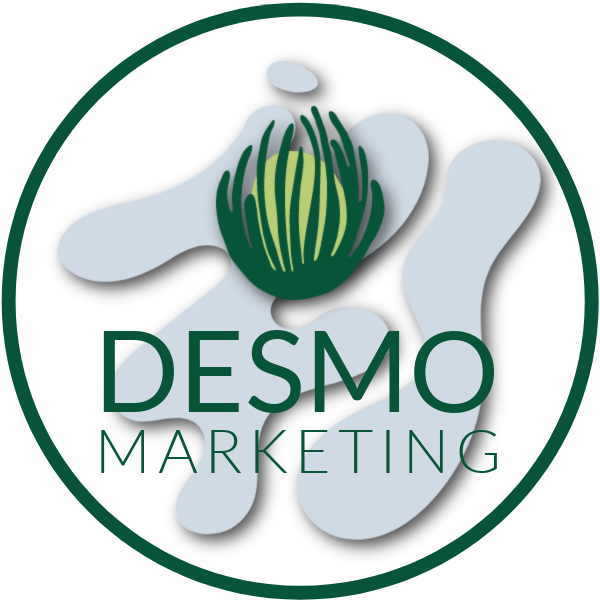What does your SEO Content Marketing Strategy look like?
SEO content marketing is a process of creating and sharing content that is designed to rank highly in search engine results. It involves researching popular topics, understanding the motivations of your target audience, and creating content with carefully placed keywords. Doing so can help draw qualified leads searching for what your business offers.
An effective SEO strategy brings multiple advantages, such as enhanced web traffic, greater visibility, better ranking on SERPs, and higher conversion rates. Ultimately, this helps get more customers and boost profits.
With that in mind, when is the last time you evaluated your SEO content strategy? Or, have you ever officially formed one? If not, then this is the perfect opportunity to take a closer look at what should go into an SEO content strategy and how you can form one that is best suited to meet your organization’s needs.
Understanding Your Audience
Getting to know your target audience is integral to successful SEO content marketing. You need to identify who comprises your current audience, as well as discover new potential markets by finding out their demographics and psychographics. Additionally, it's essential to understand the challenges they face and what they seek when looking online. Consider these questions as you form your SEO content strategy:
Who is the current target audience for my content?
What are the key demographics and psychographics of my target audience?
What unique challenges do my target audience face?
What kind of content do they prefer to engage with?
What keywords should I incorporate into my SEO content to increase visibility on search engine result pages (SERPs) to ensure that my target audience can find my content?
With these details in mind, you can create content that provides answers to their questions and entices them to learn more about your offerings. Making sure relevant keywords are included in the text further boosts its chances of appearing prominently on SERPs.
Developing a Plan
Developing an SEO content plan involves setting realistic, achievable goals and establishing priorities. A goal may be to increase organic website traffic or to raise brand awareness and engagement among potential customers. Once you’ve identified the why behind your strategy, it’s time to develop your content distribution plan.
This plan should include selecting the appropriate platforms and channels that your target audience uses. These include social media networks, blogs, online forums, and more. When deploying content through these channels, tailor it to their preferences, such as engagement level and communication style. Multimedia elements such as videos or images can further engage audiences; use relevant keywords for better visibility on SERPs. Additionally, ensure that there is a timeline for when content will be released in order to optimize outcomes.
Keep in mind that it's important to allow sufficient time for everything from research and writing to editing and promotion. So make sure to factor that into your strategy equation.
Crafting Quality Content
Crafting quality content is all about writing engaging content that matches user intent and incorporates keyword and search terms strategically. Research should be done around target keywords, topics, and relevant phrases to determine what type of content will be the most effective in achieving desired outcomes.
It is important to conduct keyword analysis to gain an understanding of how online users are searching. This can help guide the entire tone and direction of the content being created. Incorporating elements such as infographics, videos, or interactive content can further increase engagement with readers. Understanding the types of searches generated by potential customers also presents opportunities for creating more targeted pieces of content that directly address their needs.
As you write, consider the following:
Incorporate search terms strategically throughout the content without overstuffing keywords.
Optimize titles and headings for SEO to help users find your content from SERPs.
Utilize meta tags to improve visibility for different types of searches across multiple platforms.
Include internal and external linking with anchor text to enhance visibility in search engines.
Craft engaging content tailored to user needs while providing value-laden information on the topic at hand.
Consider incorporating interactive elements such as infographics or videos into the content for further engagement with readers.
Adapt existing content by updating relevant facts, adding new information, or expanding on previous points when necessary to stay up-to-date with current trends and topics that are resonating with users online.
Measure Results & Evolve your Strategy as NEcessary
Measuring the effectiveness of an SEO strategy is vital to guarantee that your initiatives are producing results. There are various analytics tools accessible for tracking how well your content is ranking in search engine results, as well as additional metrics like click-through rate (CTR) and time on page.
Comparing the key performance indicators (KPIs) related to your particular website and campaign can help you pinpoint which pieces of content perform better and what needs to be improved. By tracking SEO performance across different platforms, along with utilizing relevant KPIs, it's achievable to comprehend where changes should be made to achieve online users more effectively.
Conclusion
Implementing an effective SEO content marketing strategy provides businesses with many benefits. By optimizing content for search engines, companies can increase their visibility and reach a larger audience. Additionally, researching key trends and making sure content follows current algorithms allows websites to create enjoyable experiences for users and boost engagement. Ultimately, an effective SEO content marketing strategy helps sites to rank higher in search engine results and build a strong online presence.
If you already know that your SEO content creation strategy could use a little work and you simply don’t have the time or energy to handle it yourself, then consider outsourcing to our team here at Desmo Marketing! We’d be happy to take a look at your current needs or help you evaluate how much content you should be publishing on a regular basis and put together a specific plan and quote that ensures you never have to worry about SEO content again.



